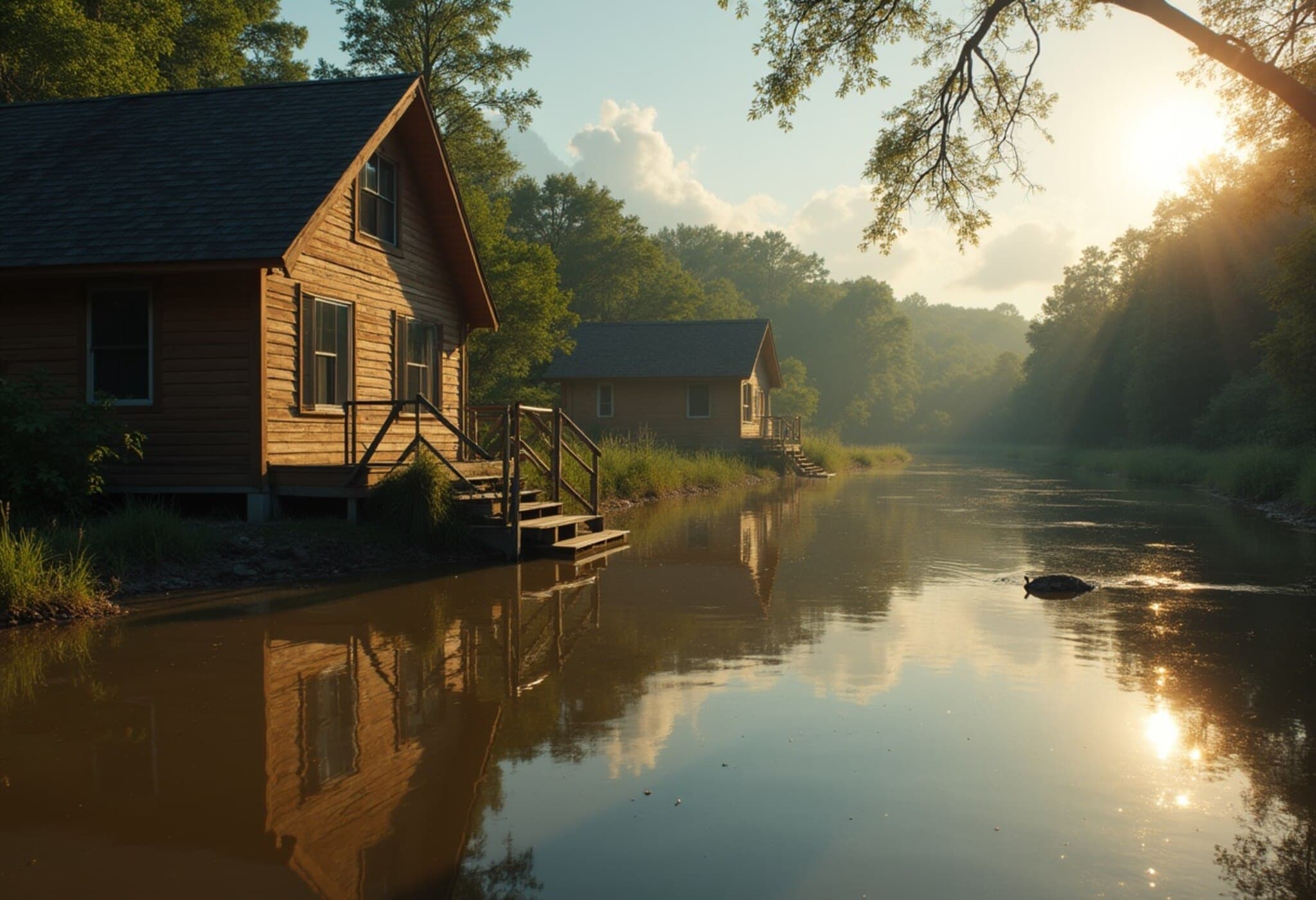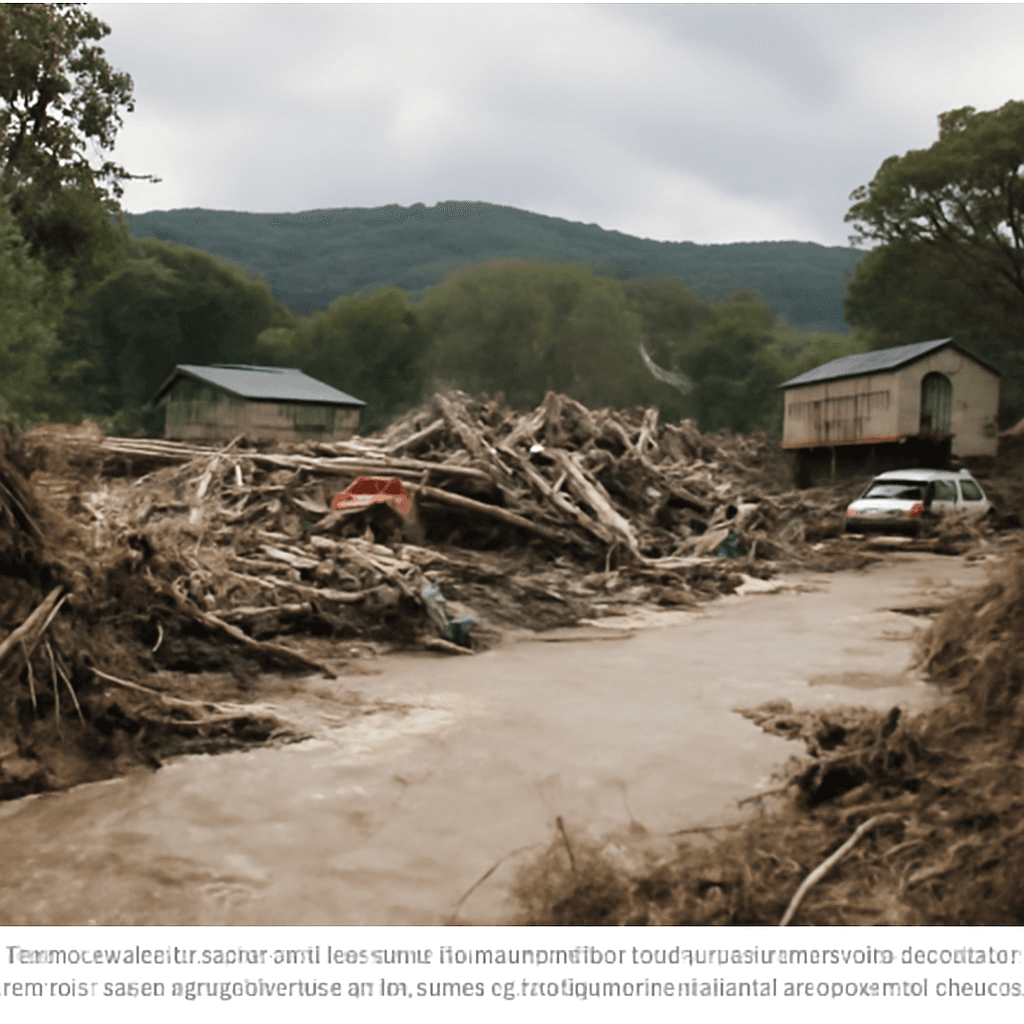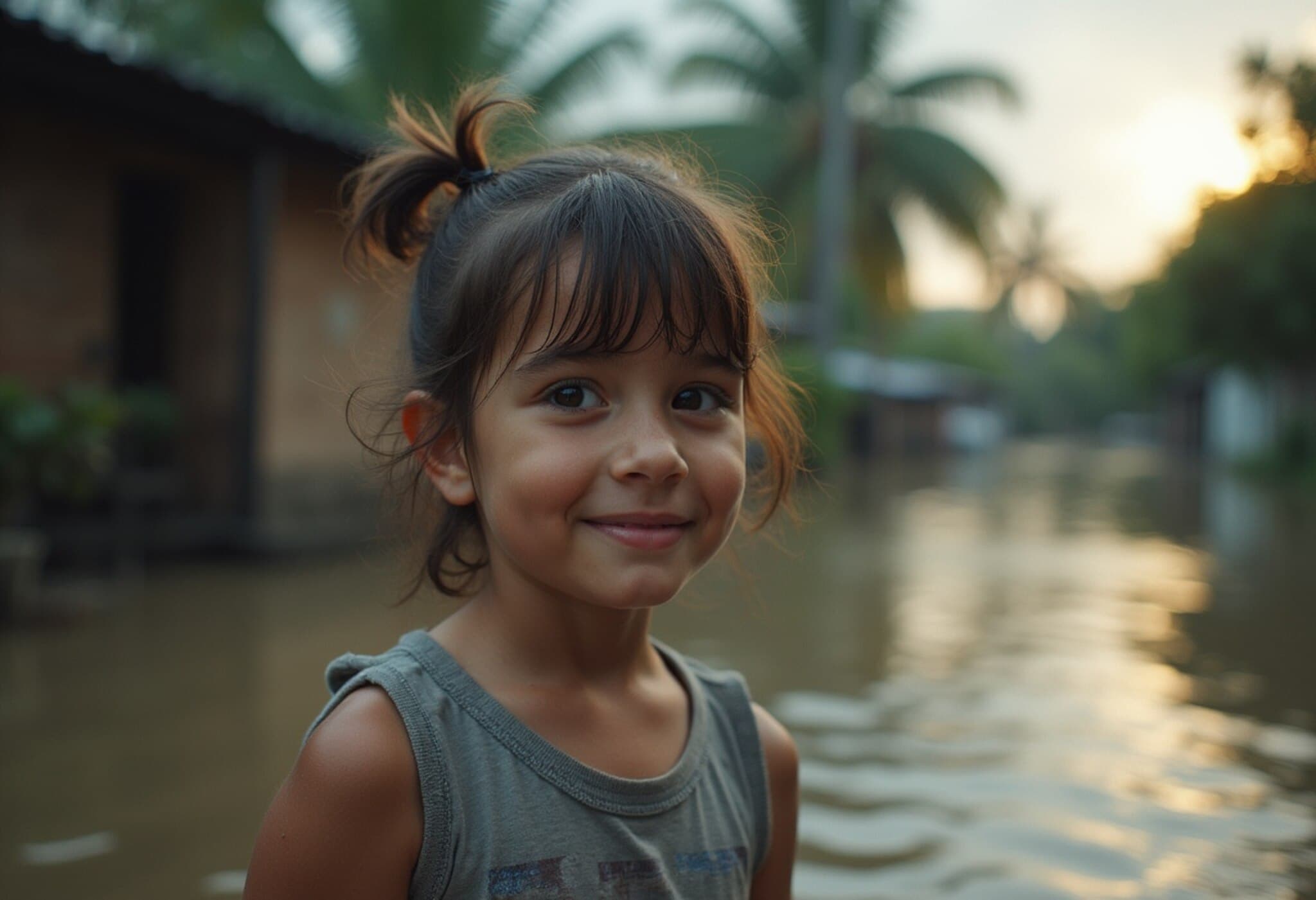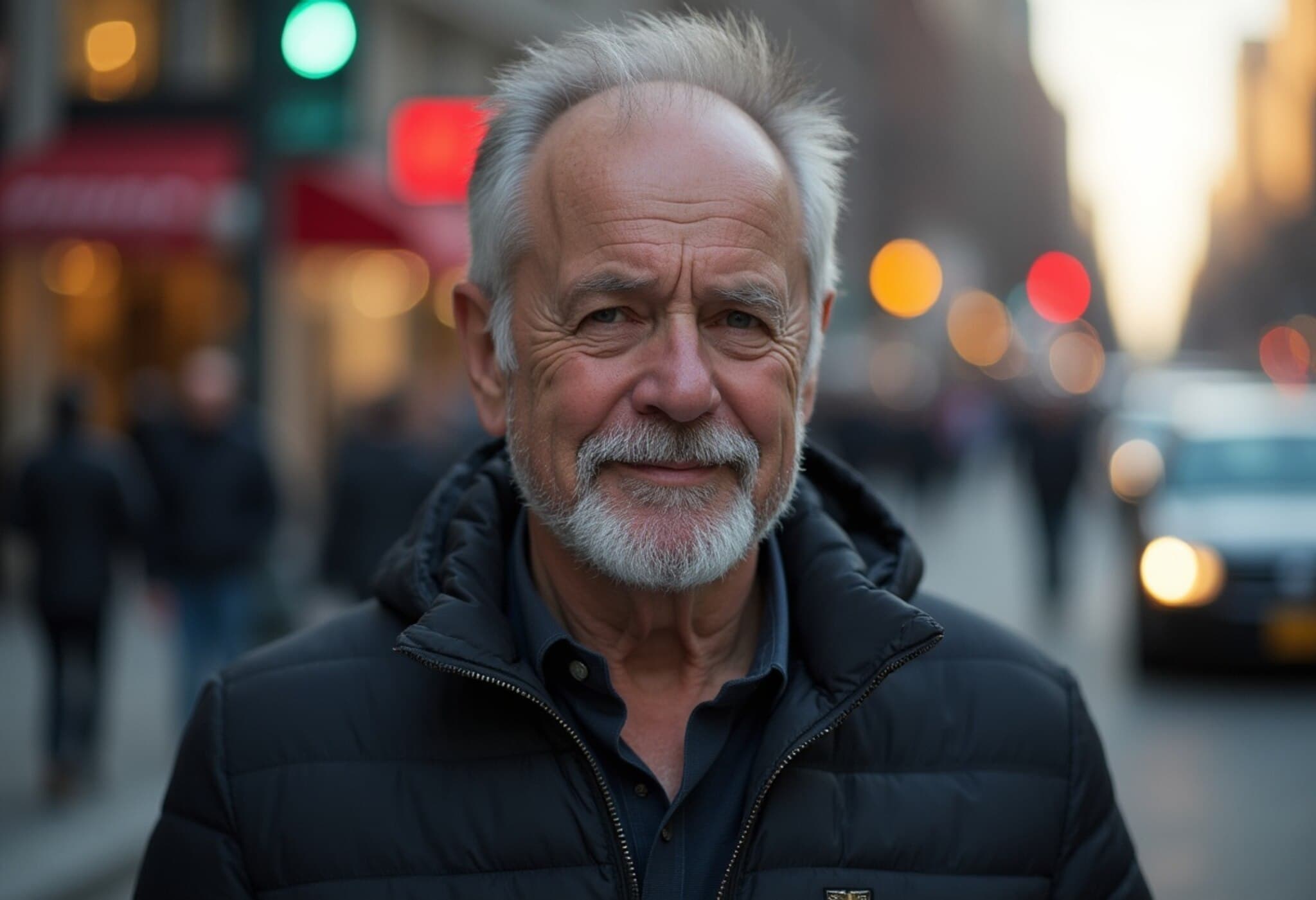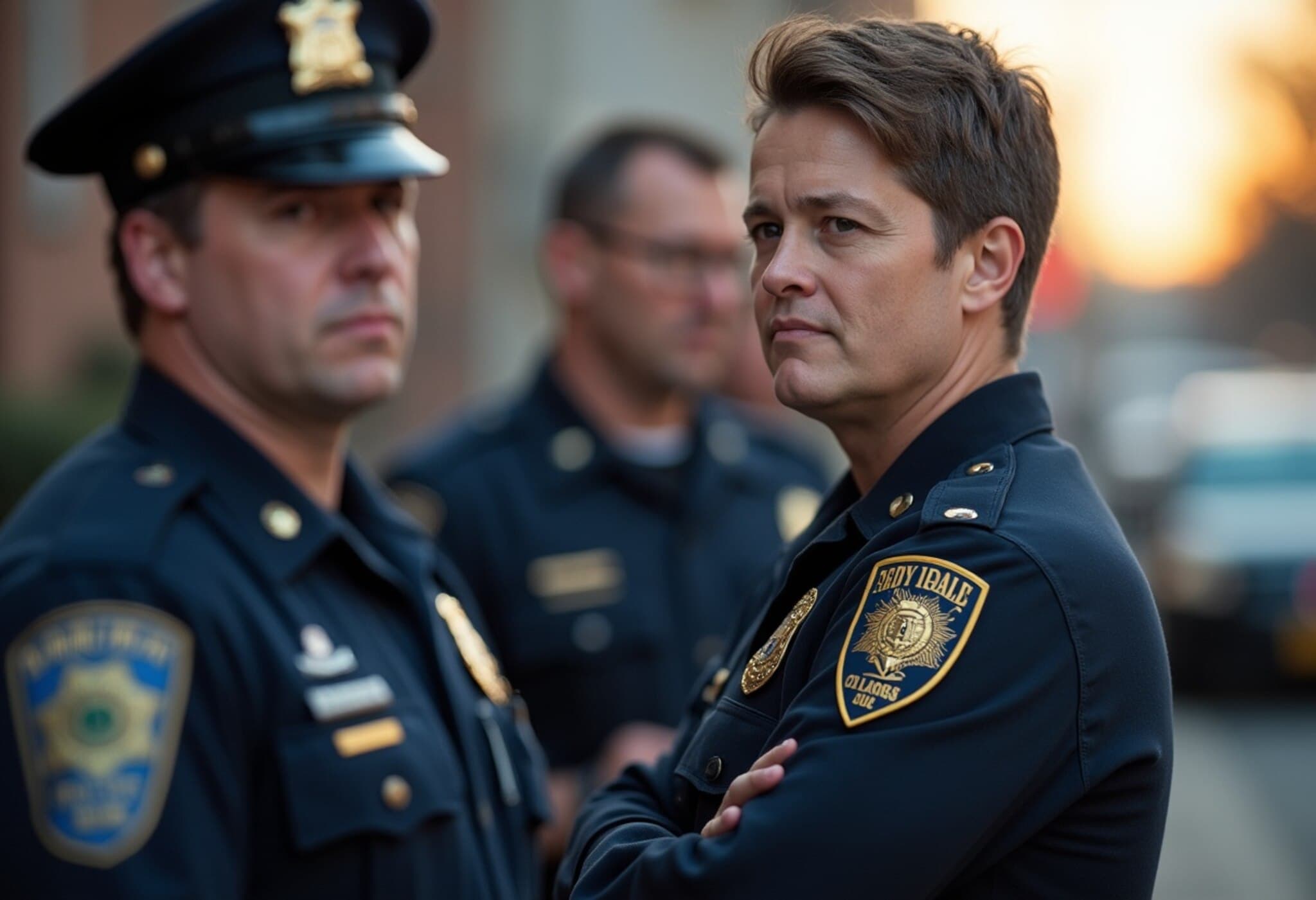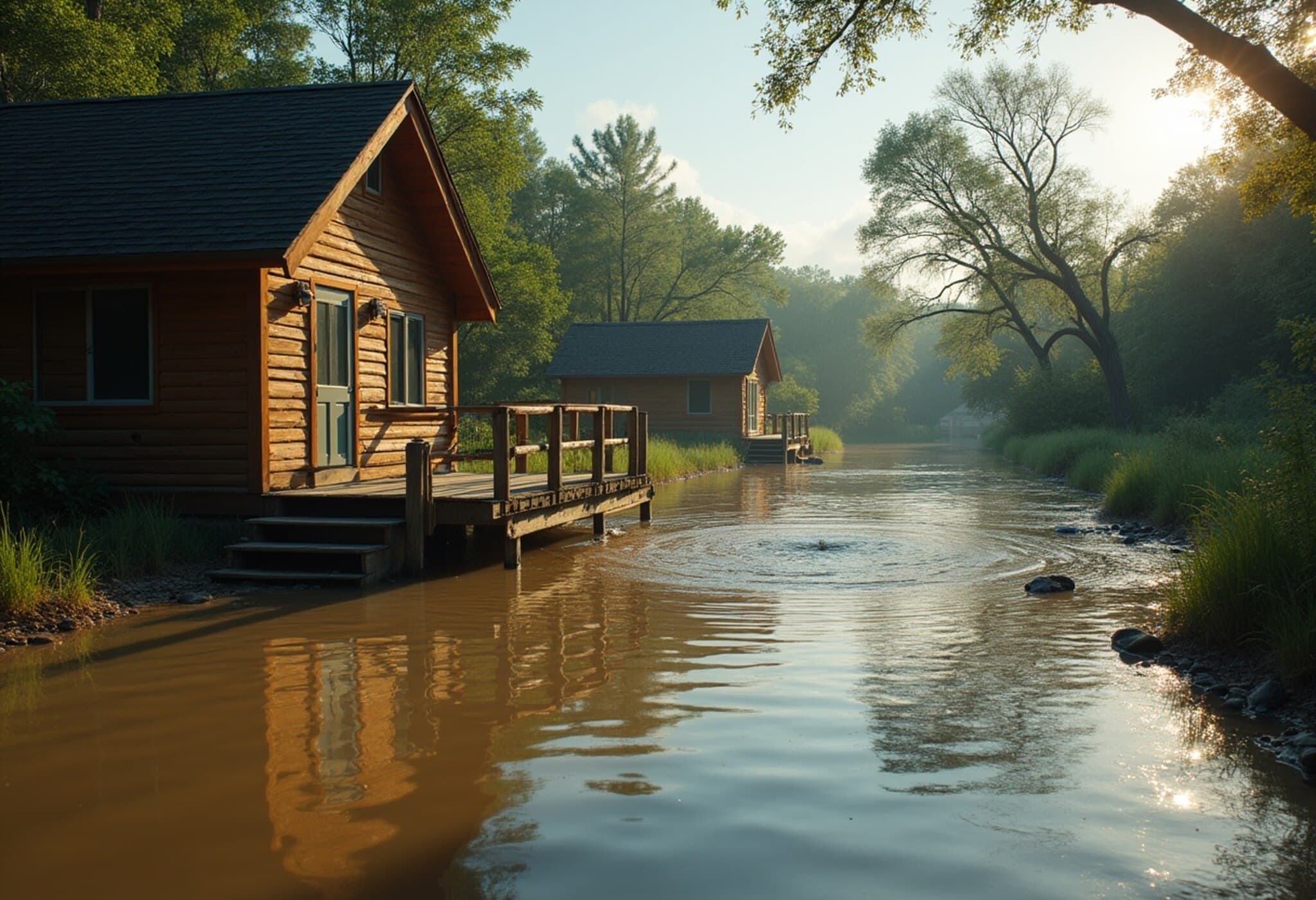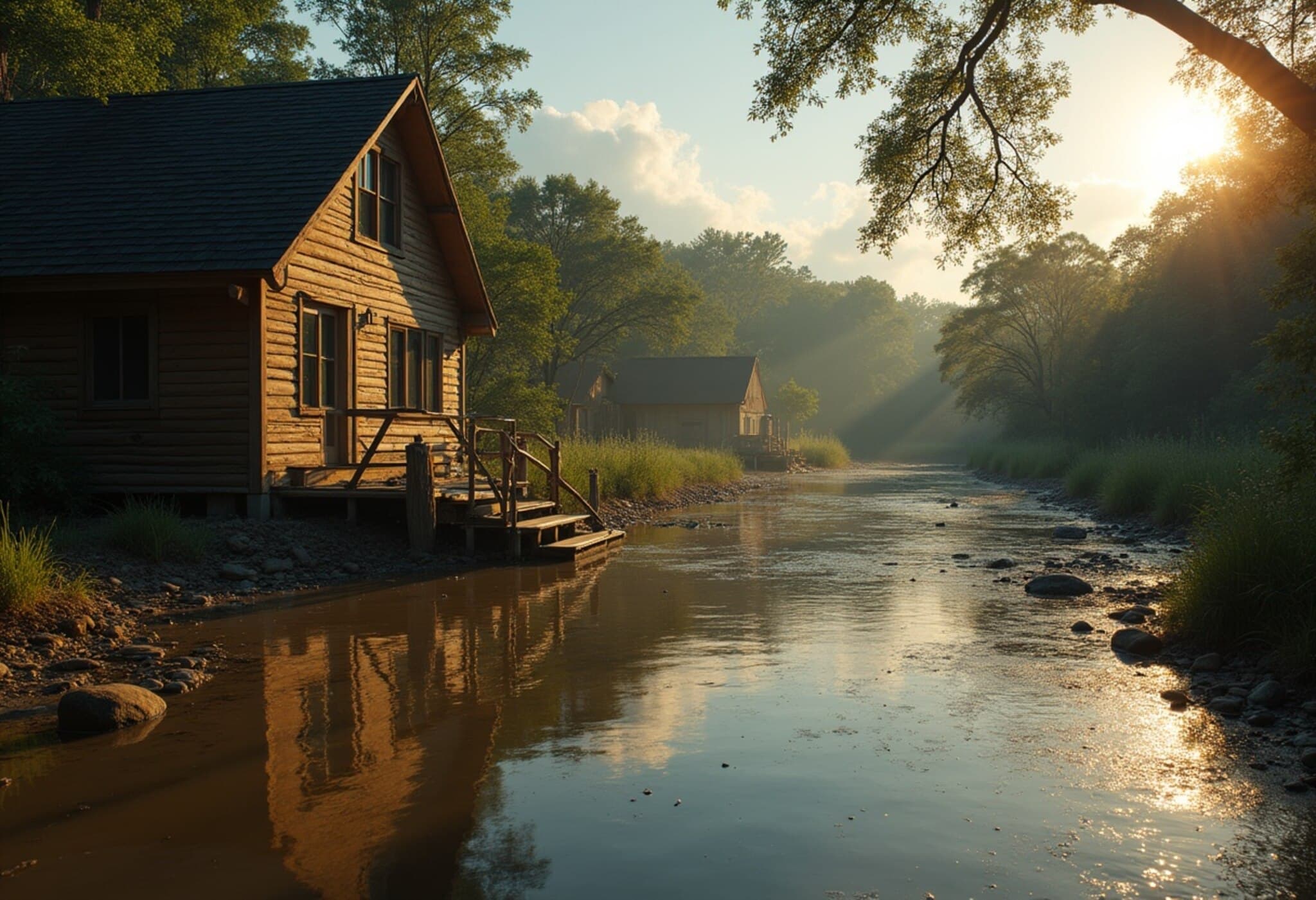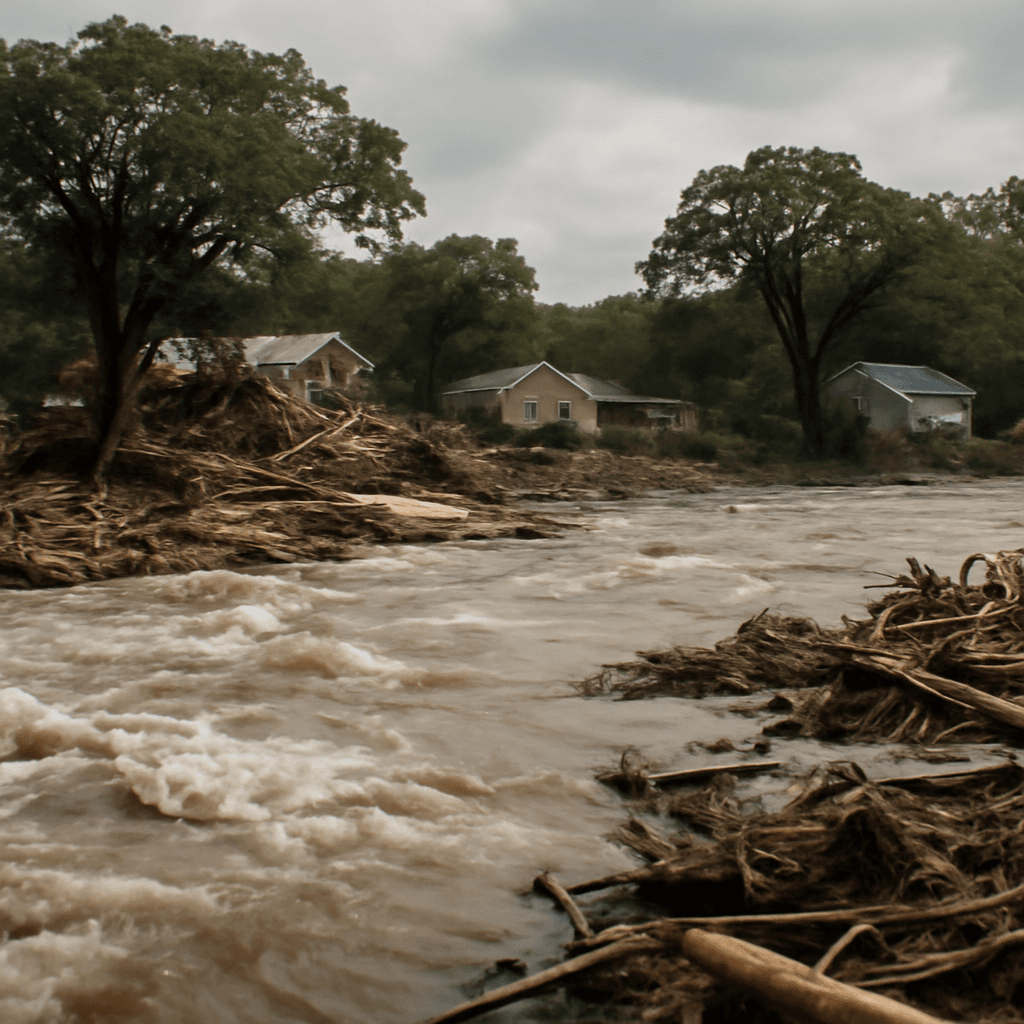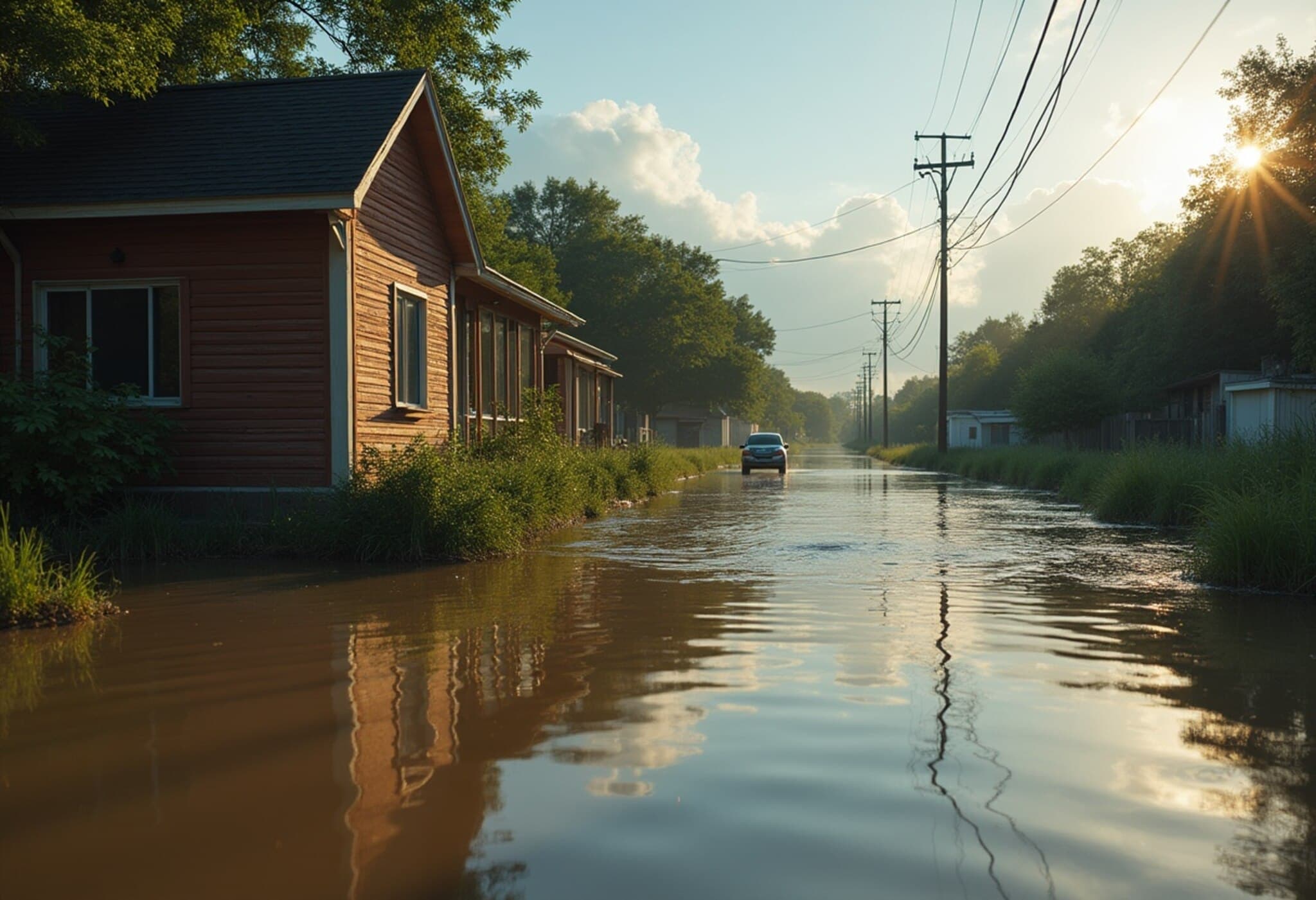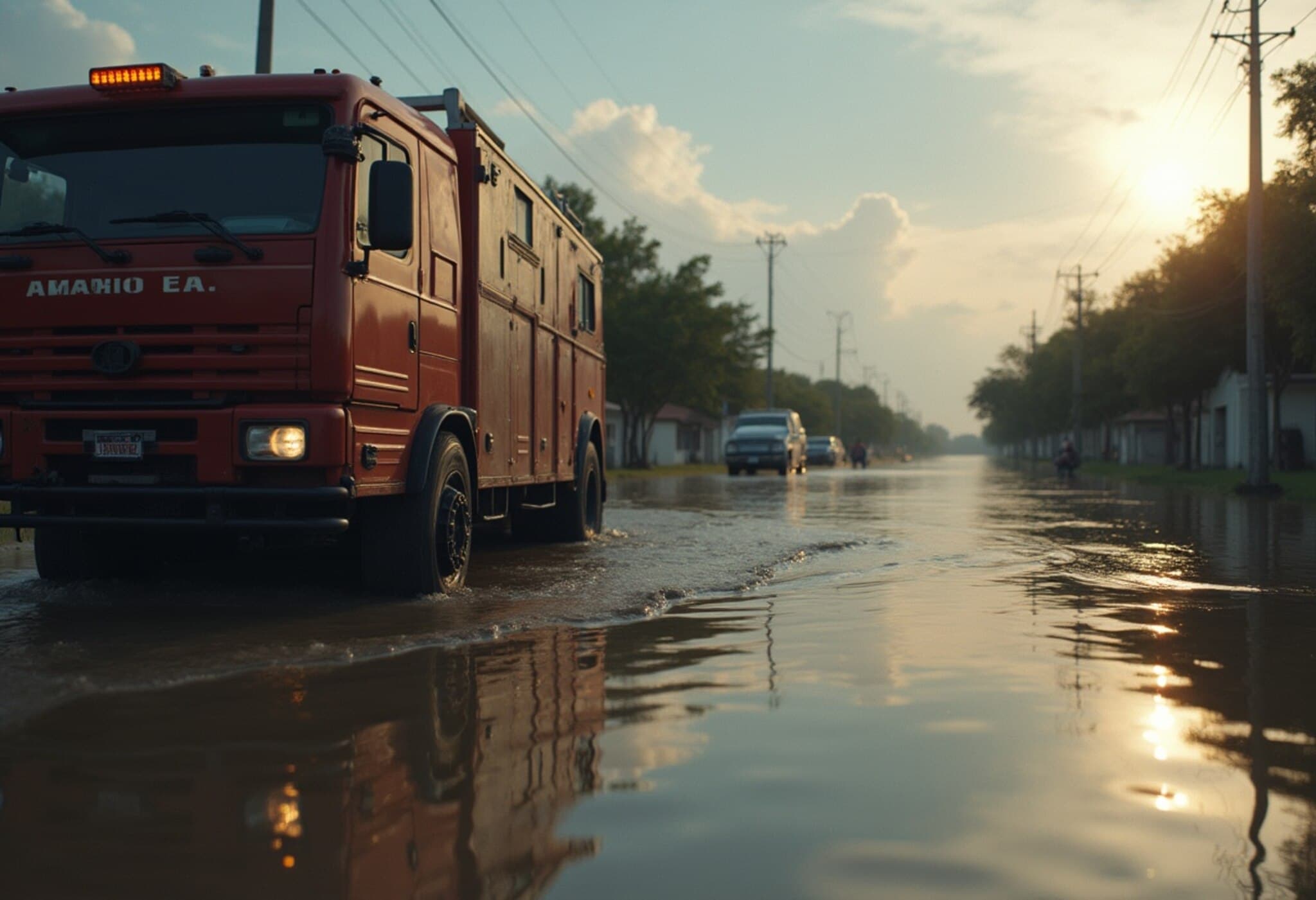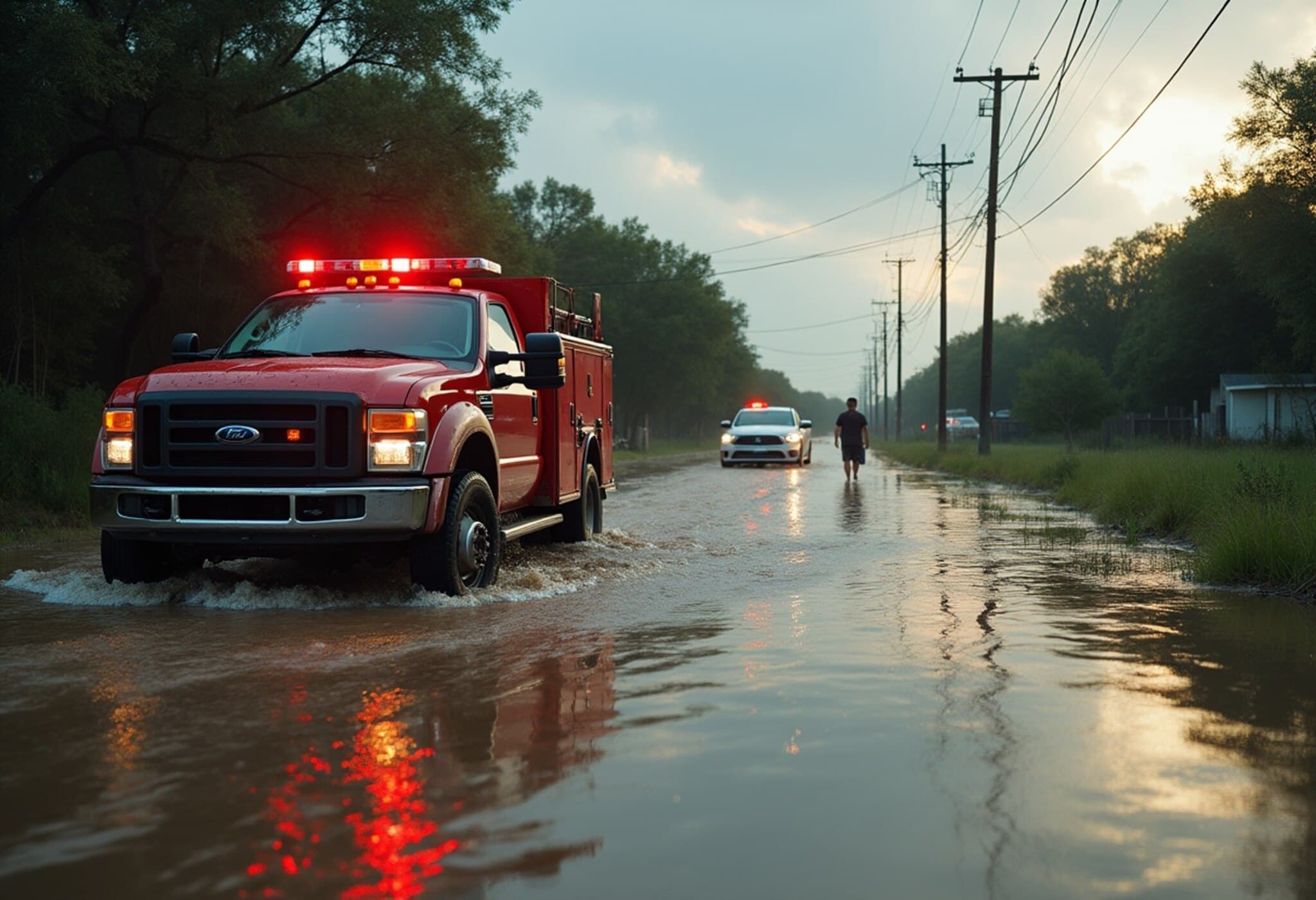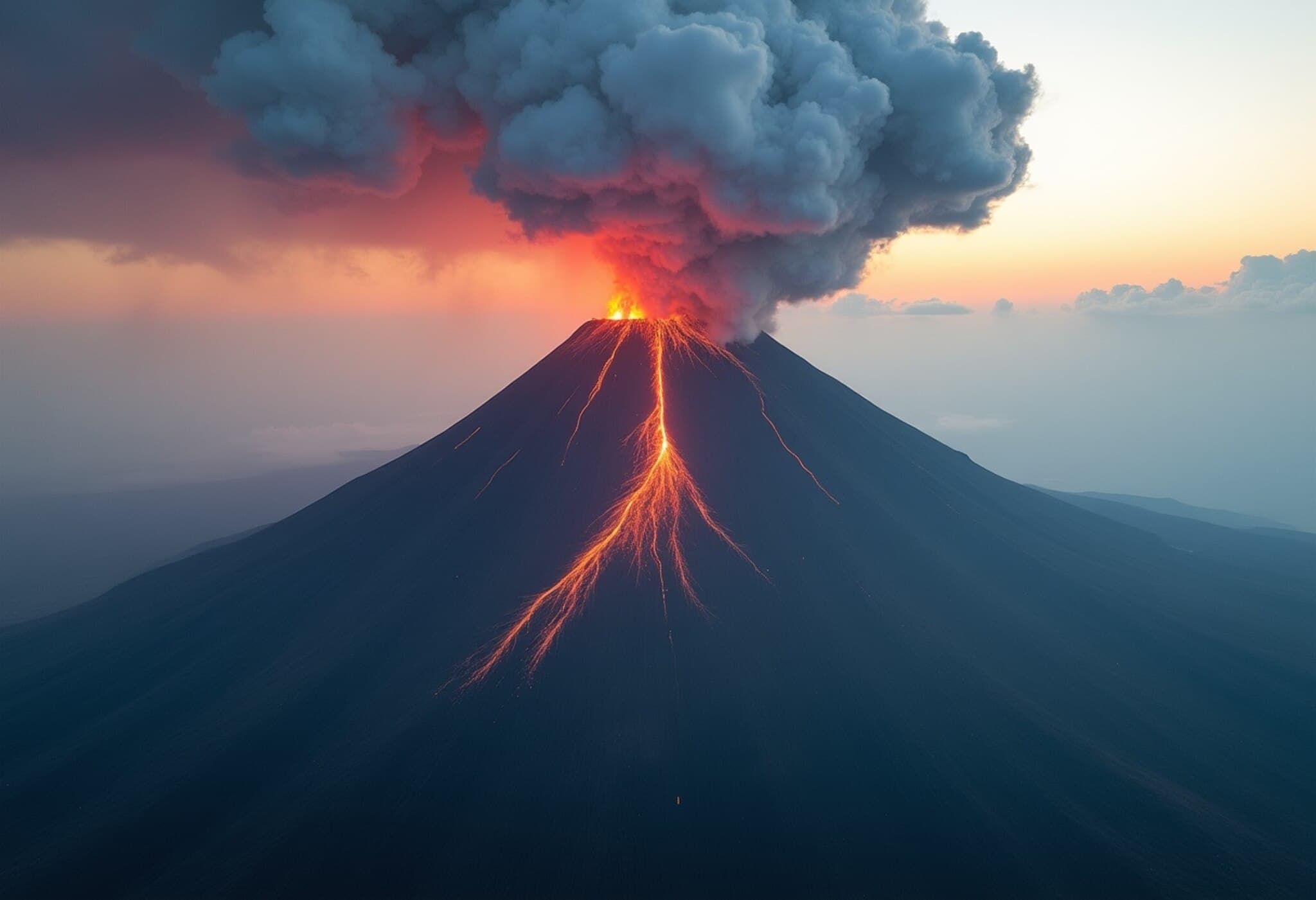Unfolding Tragedy at Camp Mystic Amid Texas Floods
In the heart of Texas Hill Country, a beloved summer sanctuary, Camp Mystic, transformed from a haven of childhood joy to a somber scene of loss and valor after catastrophic floods swept through the area. On a warm Friday, as the Guadalupe River overflowed, torrents of water invaded the camp’s grounds, claiming lives and irrevocably altering a place cherished for generations.
Remembering the Young Lives Lost
Among those caught in this devastating flood were eight-year-olds Sarah Marsh and Renee Smajstrla, two vibrant girls who had journeyed to Camp Mystic ready to forge lasting memories: fishing beneath oak and cypress trees, swapping friendship bracelets, and laughing under the summer sun. Their lives, like those of at least 28 children among nearly 80 total victims statewide, were tragically cut short by the sudden onslaught of floodwaters.
Renee’s family commemorated her spirit with a Facebook post, showing her radiating joy in a pink top—"She will forever be living her best life at Camp Mystic," her uncle wrote. These personal tributes echo across Kerr County, the hardest-hit region where 68 people perished, underscoring the intimate, human toll behind the numbers.
Names Behind the Headlines
- Janie Hunt, 9, remembered as “brave and sweet” by her mother
- Blair and Brooke Harber, sisters and Dallas Catholic school students
- Linnie McCown, 8, whose father personally searched for her through the flood-ravaged zone
As rescue operations continued amid mud, fallen trees, and shattered cabins, 11 girls and one counsellor from Mystic remained unaccounted for as of Sunday, with 41 people missing statewide.
The Guardians of Camp Mystic: Stories of Heroism
In these darkest hours, tales of heroism emerged, painting a portrait of selflessness and devotion. Richard “Dick” Eastland, co-owner and co-executive director of Camp Mystic and the third generation in his family to steward the camp, died trying to protect the campers. Survivors recall Eastland as a father figure who not only taught practical skills like fishing and flag folding but led Sunday services at Chapel Hill, a spiritual vantage overlooking the camp.
Cami Wright, a former camper and counsellor, said, "He was like a father to thousands of little girls." Eastland's attempt to rescue girls from the Bubble Inn cabin—a structure dangerously close to the swirling floodwaters—ultimately cost him his life. Pools of sacrifice run deep here.
Community Leaders Lost
Jane Ragsdale, co-owner and 68-year-old director of the neighboring Heart O’ the Hills camp, also drowned. A pillar of her community and church, Ragsdale's leadership spanned decades. The First Presbyterian Church of Kerrville, where she sang in the choir and served on the board of elders, held a moving memorial attended by 200 parishioners, underscoring her profound impact beyond the camp’s boundaries.
Ongoing Search and Community Resilience
Governor Greg Abbott reported in the days following the flood that search efforts were ongoing and many families remain awaiting news of missing loved ones. The devastation casts a long shadow on the tightly knit Hill Country communities, marked by intertwined histories, summer traditions, and shared grief.
Efforts to reunite survivors are centered in Ingram, where reunification centers aid families amidst this crisis. Daily rituals once filled with laughter and frolicking—like Sundays featuring fried chicken preceded by heartfelt "chicken letters" to loved ones—now carry poignant symbolism, as some served as the final correspondence from children caught in the flood.
Expert Analysis: The Broader Implications
This flood reminds us of nature’s unpredictable fury and raises critical questions about emergency preparedness in rural Texas. Camp Mystic’s tragedy highlights the vulnerabilities even long-standing communities face amid increasingly extreme weather patterns linked to climate change. It also exposes a need for policy-driven investment in early warning systems, flood defenses, and resilient infrastructure—especially in beloved cultural and recreational sites that anchor community identity.
Legal and economic ramifications loom as families seek answers and accountability, while nonprofits and governmental agencies mobilize disaster relief and long-term recovery planning. The loss of caretakers and leaders like Eastland and Ragsdale spotlights a generational impact on community continuity and mentorship, emphasizing the importance of rebuilding social fabric along with physical structures.
Personal Courage Amid Unimaginable Loss
Stories like that of Julian Ryan from Ingram demonstrate the quiet heroism prevalent among flood victims. Ryan, who shielded his family even injuring himself in the process, was posthumously honored by loved ones as “the kindest person” with a heroic death that refuses to fade into statistics.
Reverend Jasiel Hernandez Garcia captured the collective sentiment at memorial services: “Our hearts ache because we love.” The grief is profound but so is the love and resilience that emerge in times of crisis.
Editor’s Note
The tragedy at Camp Mystic is a stirring testament to human courage, the fragility of cherished traditions, and the importance of community in the face of natural disaster. It brings forth urgent conversations about how we prepare for and respond to climate-induced catastrophes and how we memorialize lives lost—especially children—and the heroes who stand among us. As Texas mourns, the resilience of its communities offers a hopeful path forward, urging compassionate action, policy reforms, and a commitment to safeguarding future generations.

